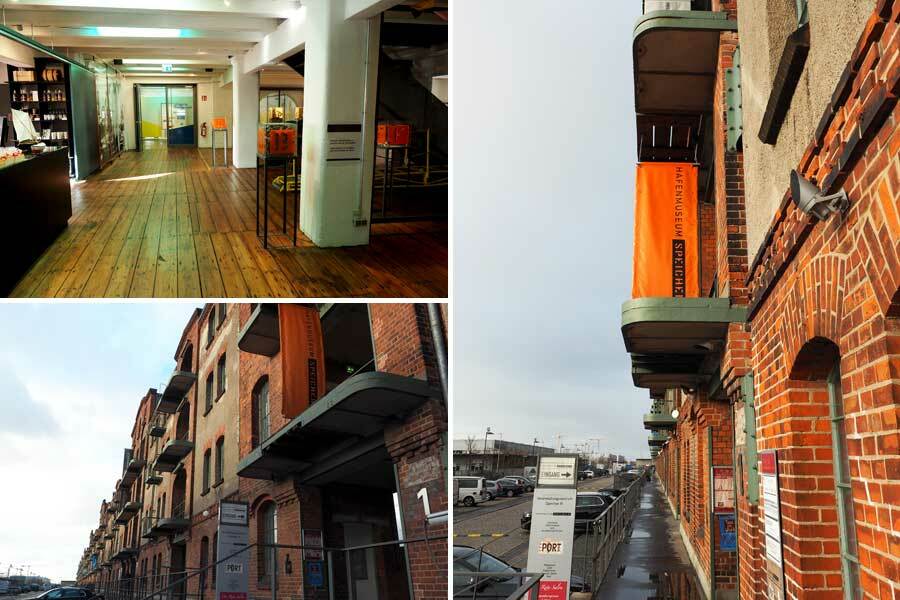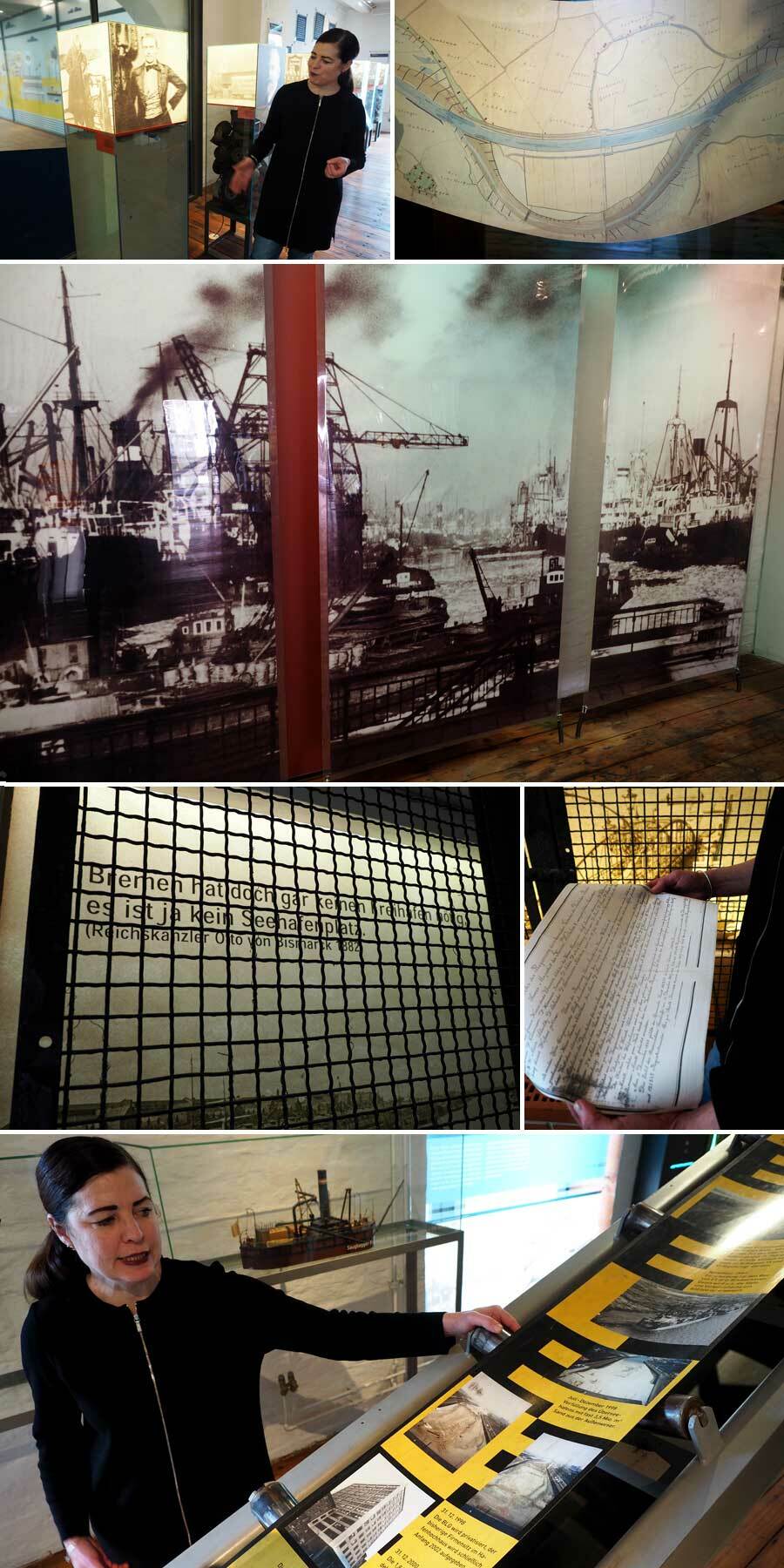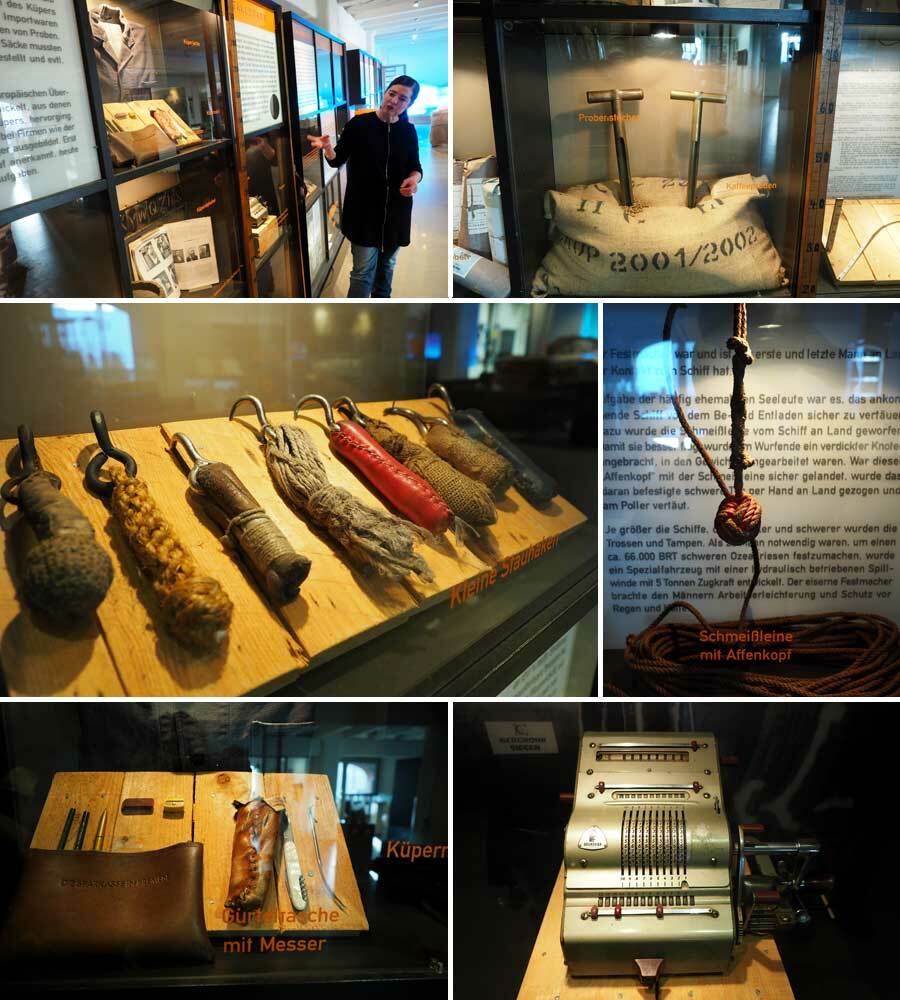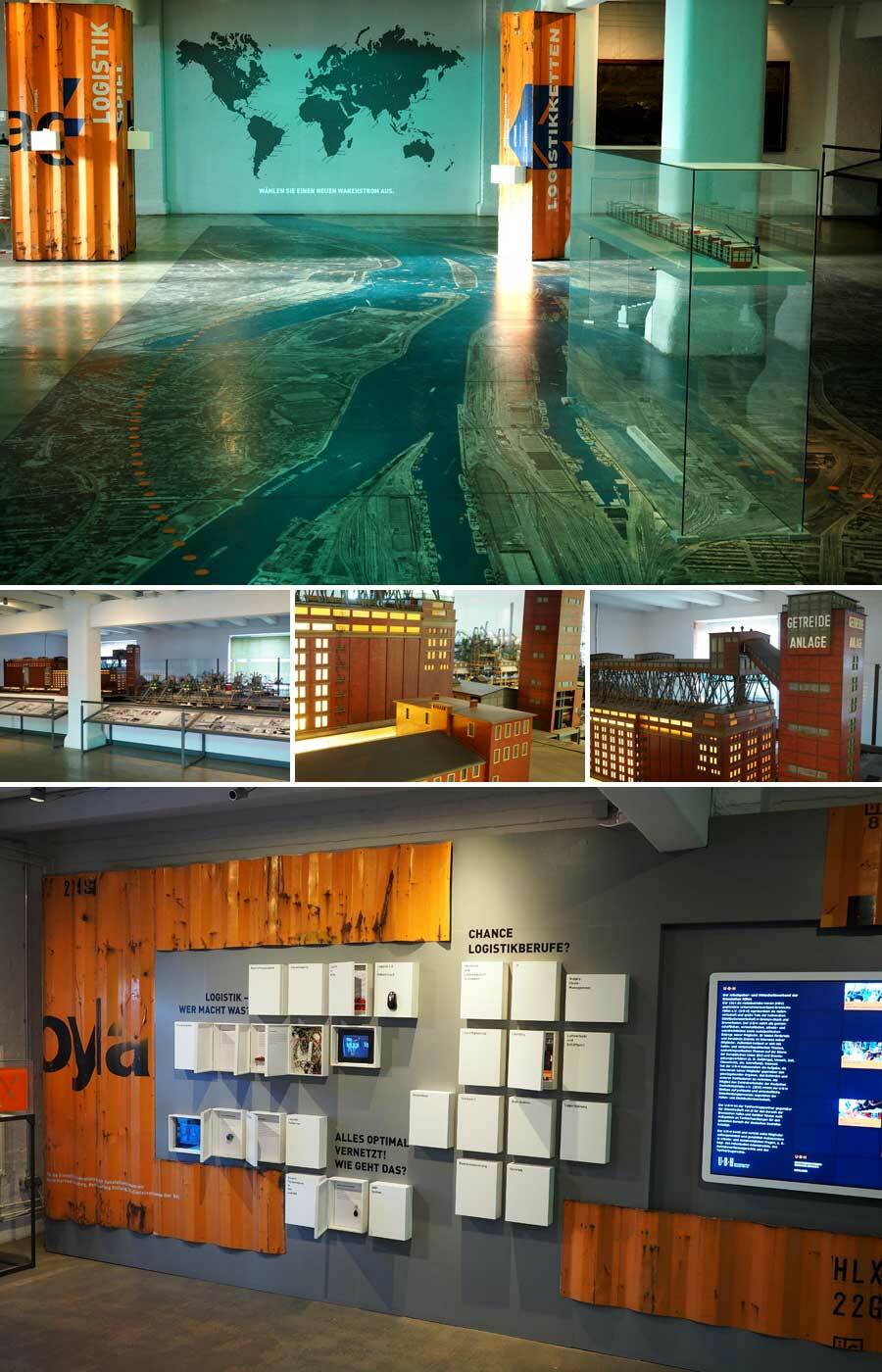The Speicher XI Dockland Museum
Tourism
Bremen is and remains a port city. The annual figures for transshipments and number of vessels are impressive, even if the really large container vessels don’t dock here. Spreading along the Weser river, the vast docklands are now also used by companies that are not related to the maritime industries, and some areas are being converted for residential use. The Speicher XI Dockland Museum casts an eye on the developments over 130 years of harbour history to the present day. I paid it a visit to find out more.
I am standing in front of Speicher XI, a former warehouse in the centre of Bremen’s docklands, and am once again struck by the impressive length of this historical brick building. I don’t know yet that your eye is drawn along its lines for a whole 400 metres. I only find out this figure later on during my visit to the Dockland Museum, one of several institutions housed here. During this visit, I’ll discover that the largest container ships in use today are also 400 metres long, as well as five times higher and twice as wide as the Speicher XI building. It seems hardly possible that such a colossus could actually float.

Old buildings bear witness to booming times
And that brings me on to my main topic: shipping and the port have always been hugely important to Bremen. The silting of the Weser river increasingly forced shipping traffic further downstream, so the river was straightened in the 19th century and the first basin was created, called Europahafen. At the beginning of the 20th century, Überseehafen harbour was created and the Speicher XI warehouse built next to it. With the invention of the shipping container, the break bulk harbour gradually became obsolete and was filled in around 20 years ago. Bremen’s wholesale market was built on the site that was created. Speicher XI still bears witness to these boom times.

I enter the building and follow the old wooden floors to the entrance to the Dockland Museum. Around 100 years ago, cotton was one of the main products stored and transshipped here. I’m greeted in the lobby by Claudia Seidel, who is responsible for PR and has been working here since the museum was established 15 years ago. The museum, which is privately funded, acts as a bridge between the past and the future, she says. Its aim is to bring the history of the docks to life and to shine a light on recent developments.
The docks brought to life
I realise just how successfully the museum brings history to life as we take a tour of the permanent exhibition. As we pass through the 2,000 square metres of exhibition space, my eyes are opened to just how complex port operations are. I learn about the Bremen system – only known by that name here in Bremen – which describes a harbour in which goods are transferred from the ship directly onto cargo trains. I hear a little about the straightening of the Weser river, which made the construction of such a large harbour possible. A hundred years ago, this process was praised in several children’s songs as ‘bringing the river back to health’, but of course straightening is anything but healthy.

I also get to try for myself how heavy a sack of coffee was. And to think that two workers would handle around a thousand of them per shift! Practising tying knots, discovering the smells of various products and communicating by Morse code are also on the programme.

A tour of times gone by
Having learned a little about the beginnings of Bremen’s docks 130 years ago from Ms Seidel, we continue to the first floor via an original gangway and a flight of stairs. The stairs are surrounded by a high wall filled with sacks of coffee – around the amount that a dock worker would move in one day.

On the left there’s a row of display cabinets in which some of the jobs in the docklands are explained. The port inspector, who checked the quality of the goods, the tallyman, who monitored the process of transporting goods, and many other jobs that no longer exist in their original form.

Alongside the descriptions of goods and jobs, the focus is on individual stories. The Dockland Museum spoke to three former dock workers to help develop the exhibition before it opened its doors. Their biographies tell me more about them, and also about the dark chapter of forced labour in the Third Reich.
Through a genuine turnstile from Bremen’s former free port we reach the ‘new age of shipping’, so to speak. Here, the evolution of Bremen’s major shipping companies is explored, as is the most important milestone in global cargo transport: the container.

Making the unimaginable comprehensible
In another room, a huge aerial photograph of the city on the floor makes me realise just how big the port is. As I ‘fly’ across the picture, I quickly get an idea of the port’s size and how it sits in the rest of the city. The photograph was taken in the 1970s, and you can clearly see the railway harbour used in the Bremen system I mentioned earlier. Some of the buildings in the photo have been recreated as 3D models, including Speicher XI, which used to be two separate warehouses until a connection was erected in the middle. It brings to mind once again how big modern-day container ships are.

There are a number of pillars where visitors can learn more about logistics and even try their hand at planning goods transportation. In one corner of the room, a large model of the Gröpelingen grain store and its harbour catches my eye. Bremen-based companies and modern-day dockland jobs are also showcased at the museum.
Plenty more to see
One thing is certain at the end of my visit: it’ll be worth coming back. The museum explores the huge complexity of the port very well, and I’m sure I’ve only just scratched the surface of what there is to know. I’m also tempted by the various guided tours on offer in the museum and around the docks. And there are special exhibitions in addition to the permanent one. In this respect, the museum is changing its focus a little. In the past, it mainly used to host exhibitions of docklands-related art, but from the end of March onwards it will regularly host documentary exhibitions. The new programme will kick off with an exhibition on sustainable and fair trade fashion, which will look at the life cycle of materials such as cotton, for example.
On my way back through Überseestadt, I see Bremen’s docklands in a new light. It still has that air of a port, even if there are only few traces left of the cargo areas, railway harbour and free port. New buildings are mixed in with the old; here and there I can still see some of the old railway tracks by the harbour basin, and every now and then a truck zooms past transporting new goods. I look forward to seeing how Bremen’s port evolves.
By the way, the Dockland Museum’s Tea ceremony tour, offered in cooperation with logistics company Vollers, explores the fascinating world of tea. Sounds very interesting!
Success Stories
Science plays a leading role in Bremen: in the laboratories of the university, at one of the more than 50 research institutes or in the green botanika. There are many opportunities for visitors to experience science at first hand.
Learn moreAccording to recent statistics, the Hanseatic city of Bremen is Germany's greenest big city, with 60 square metres of green space per inhabitant. The many parks and green spaces in the city include world-class spaces, such as the Bürgerpark and the Rhododendron park, both of which are of German and even world renown. By its own account, Bremen is home to the world's largest collection of rhododendrons. Let's take a walk.
Learn moreThe greenest major city in Germany is Bremen - with an average of 60 square metres of sports, leisure and recreation space per person. Parks, sports facilities, but also water areas invite you to relax from the hustle and bustle of the city every day.
Learn more